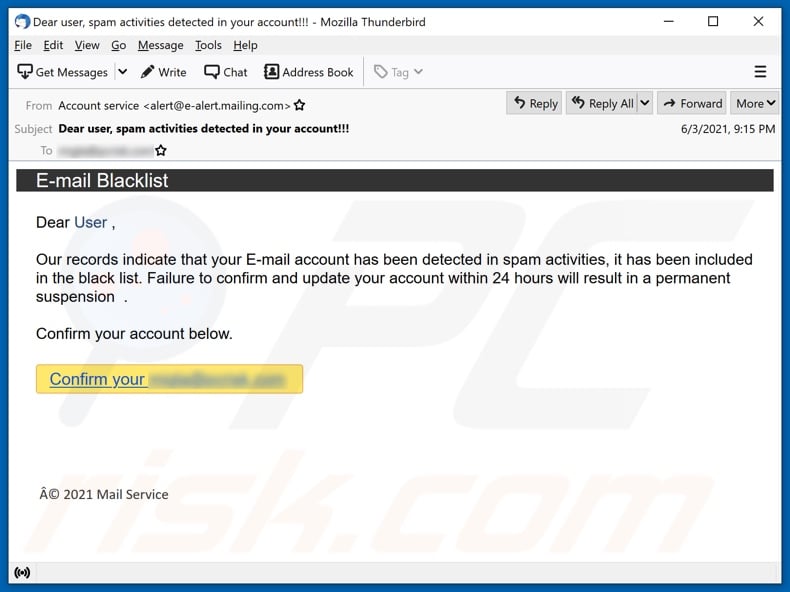Handy News On Deciding On Credit Card Apps
Wiki Article
How Do I Determine If My Credit Card Was Reported Stolen In The United States?
Follow these simple steps to find out the status of your credit card. declared stolen in the USA. Contact your card issuer
Contact the customer service phone number located on the reverse of the credit card.
Let the representative know that your credit card is lost or stolen, and you would like to verify its status.
You are required to prove your identity by providing personal details as well as your credit card information.
Check Your Account Online
Log into your online bank account or credit card that is linked to the card you want to use.
Watch for alerts or notifications about your card's status.
Review the transactions that have occurred recently and detect suspicious or unauthorized transactions.
Check Your Credit Report
Obtain a free copy of your credit report from each of the three major credit bureaus (Equifax, Experian, TransUnion) through AnnualCreditReport.com.
Check the report for suspicious credit accounts or inquiries that may suggest fraudulent activity.
Security Freezes, Fraud Alerts and Other Measures
If you suspect fraud or identity theft you should place a freeze on fraud or alert on your credit report.
A fraud alert will notify lenders that they must make extra efforts to verify your identity prior to extending credit. However the credit freeze can make it difficult to access your credit report.
Keep an eye on suspicious behavior and report it. Behavior
Monitor your credit-card statements regularly, and notify your card issuer of any transactions that appear suspicious or not authorized.
Report any suspected cases of identity theft or fraud to the Federal Trade Commission (FTC) and file a report with your local law enforcement agency.
Contacting the issuer of your credit cards, reviewing the account activity on your website, monitoring your credit report and watching for any indicators of suspicious actions, proactive steps could be taken to guard yourself from credit fraud and to resolve any potential issues relating to a stolen credit.

What Exactly Does It Mean When My Credit Card Is On"A "Blacklist"?
If a credit card is said to be on blacklists, it usually refers to the card being flagged or blocked by the issuer of the card or financial institution due to suspected suspicious activity, security concerns, or other reasons that could be related to risks.Being on a blacklist indicates that the card is temporarily blocked from certain transactions or uses until the issue is fixed or verified by the person who holds it. Blacklisting may occur due to a variety of reasons.
Unusual or suspect transactions on the card may be detected as fraud which could lead to blocking the card.
Security concerns. If evidence suggests possible compromise, like unauthorized access or a data breach which involves card information or unusual spending patterns then the card is marked as suspicious.
Identity Verification Issues - If you have difficulty verifying your cardholder's identification during transactions, particularly when you require additional verification, the card may be temporarily blocked.
Card Lost or Stolen- If a card is reported stolen or lost, the issuer may place a block to prevent unauthorised use of the card until a new one is issued.
Suspicious Activity indicatesany activity or conduct related to your credit card that raises suspicions, such as multiple declined transactions, geographical anomalies or unusual spending patterns may result in a temporary block.
If a credit card is placed on a blacklist person who holds it will not be able to access credit, or possibility of using the card for transactions might be restricted until the issuer determines the validity of the card or addresses any concerns regarding potential security or fraud. Cardholders must immediately contact their card issuer to report the issue and to verify the transactions and resolve any security issues.

Cybersecurity Experts Detect And Track Cyber-Attacks Such As Compromised Credit Cards.
Cybersecurity professionals use various tools, techniques and strategies to track and identify cyber-threats, including compromised credit card data. The most common methods and practices include: Threat Intelligence Gathering
Information from multiple sources, such as threat intelligence feeds, forums, dark web monitoring, and security advisories, to keep up-to-date on new security threats and vulnerabilities.
Network Monitoring and Intrusion Detection
Employing special software and tools to monitor network traffic and detect anomalies or suspicious activities that could signal an unauthorised access or data breach.
Penetration and vulnerability testsVulnerability and Penetration Tests
Regular checks can help to identify weak points in applications, networks, and systems. Testing for penetration involves the use of simulation attacks to identify vulnerabilities and assess the organization's security capabilities.
Security Information and Event Management Systems (SIEMs)
Implementing SIEM tools that aggregate and analyze log data from various sources (such as servers, firewalls, and applications) to recognize and respond to security incidents in real-time.
Behavioral Analytics
Utilizing behavior analysis to identify anomalous patterns or deviations of normal user behavior within systems and networks that could signal a compromise.
Threat Hunting
Continuously looking for indications of suspicious activity or threats within the organization's network looking at logs, traffic and system data to discover potential threats that may have evaded traditional security measures.
Endpoint Security Solutions
Implementing endpoint security solutions (such as antivirus, anti-malware, and endpoint detection and response tools) to shield individuals' devices and their devices from malware.
Encryption of Data and Data Protection
To reduce the risk of data breaches, you should implement security measures to protect sensitive data such as credit card numbers, both during travel and in rest.
Incident response & Forensics
Implementing and developing plans for incident response to swiftly react to security breaches. Conducting forensics to investigate, understand the consequences and quantify them of security breaches.
Cybersecurity experts combine these strategies together with a thorough understanding of cyber risks and compliance rules and best practices, to proactively detect and reduce cyber-related threats. This includes incidents involving compromised card information. For a solid defense against cyber-attacks, it's important to stay on top of continuous surveillance, information and proactive measures. Have a look at the top savastan0 cc shop for more tips.
